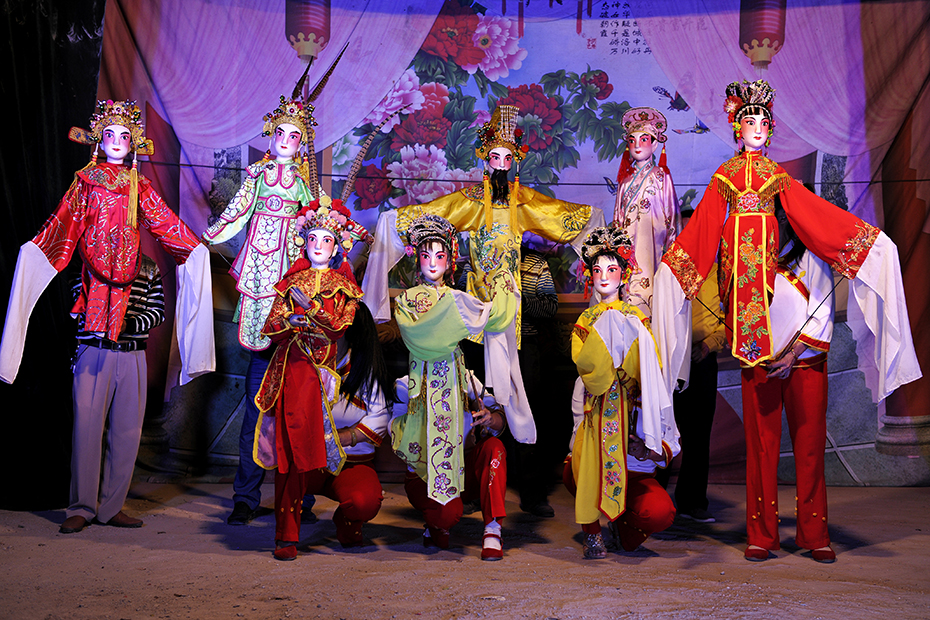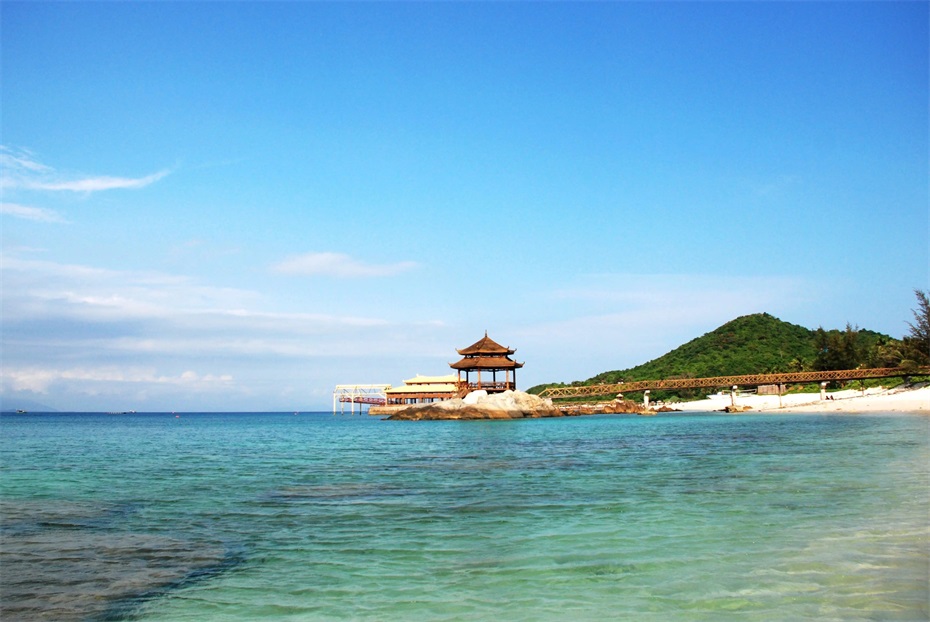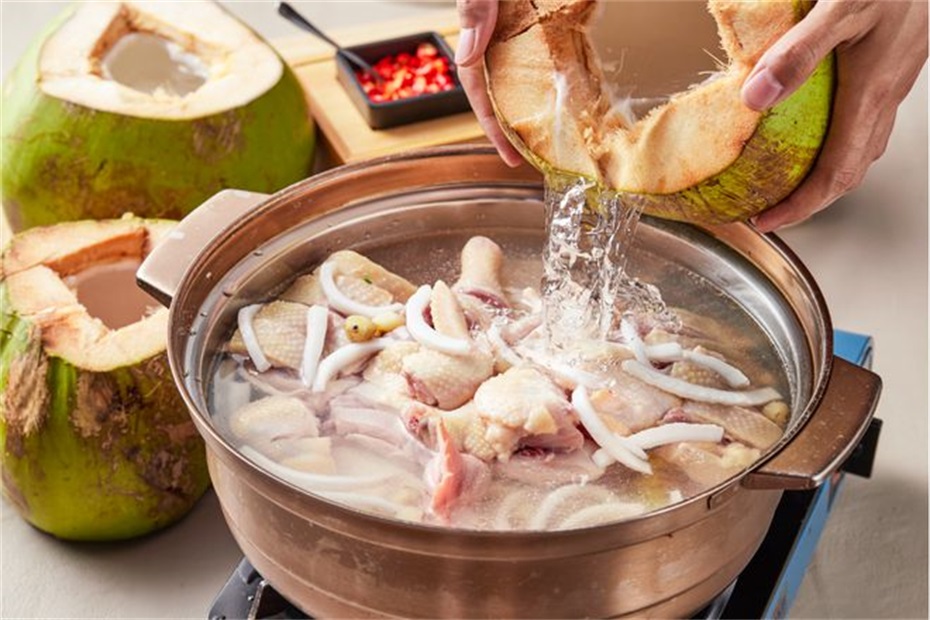Hainan Province
Overview of Hainan Province

Hainan Province, abbreviated as "Qiong", is the southernmost provincial-level administrative region in China, as well as the largest economic special zone and free trade port in the country. The land area of the province is 35400 square kilometers, and the sea area is about 2 million square kilometers. It has jurisdiction over 4 prefecture level cities, 15 counties (including county-level cities), and 8 municipal districts, with a permanent population of 10.27 million people (2022 data). In 2022, the total regional GDP of the province will reach 681.8 billion yuan, and efforts are being made to accelerate the construction of a Chinese style free trade port with global influence.
Hainan Province currently governs four prefecture level cities, namely Haikou (provincial capital), Sanya, Sansha, and Danzhou, as well as county-level cities such as Wuzhishan, Qionghai, Wenchang, Wanning, and Dongfang. As the only tropical island province in China, Hainan is known as the "Eastern Hawaii" and "Natural Greenhouse", and is also an important gateway for China to open up to the Pacific and Indian Oceans.
2Ḃḃ Geographical features
1. Location characteristics
Hainan Province is located between latitude 18 Ḃã 10 Ḃä -20 Ḃã 10 Ḃä N and longitude 108 Ḃã 37 Ḃä -111 Ḃã 03 Ḃä E. It faces Guangdong across the Qiongzhou Strait to the north, Vietnam to the west across the Beibu Gulf, Taiwan to the east across the South China Sea, and is adjacent to the Philippines, Brunei, and Malaysia in the South China Sea to the southeast and south. The whole province is composed of Hainan Island, the Xisha Islands, the Zhongsha Islands, the Nansha Islands and their sea areas. It is the province with the largest sea area in China.
2. Terrain and landforms
The terrain of Hainan Island is high in the middle and low around:
Central region: Wuzhishan, Limuling and other mountainous areas (with the highest peak being Wuzhishan at an altitude of 1867 meters)
Northern region: volcanic lava plateau
Coastal areas: plains and plateaus (accounting for 60% of the total island area)
Typical landforms: volcanic landforms, tropical rainforests, coral reef coasts
3. Water system distribution
Nandu River: the longest river in Hainan (311 kilometers)
Wanquan River: Mother River of Qionghai City
Changhua River: the main river in the western region
Lakes: Songtao Reservoir, Nanli Lake, etc
4. Climate characteristics
Belonging to tropical monsoon climate:
Annual average temperature: 22-27 Ḃæ
Annual precipitation: 1500-2500 millimeters
Significant features: Long summer without winter, distinct dry and wet seasons
3Ḃḃ Historical context
1. Organizational history
During the Western Han Dynasty, Zhuya and Dan'er commanderies were established
Tang Dynasty: Establishment of Yazhou, Danzhou, etc
Ming Dynasty: Establishment of Qiongzhou Prefecture
1988: Establishment of Provincial Economic Special Zones
2020: Overall Plan for Free Trade Port Construction Released
2. Important historical events
Song Dynasty: An Important Transfer Station on the Maritime Silk Road
Ming Dynasty: Famous officials such as Qiu Jun and Hai Rui emerged one after another
Qing Dynasty: High tide period of immigration and development
During the Anti Japanese War, the Qiongya Column persisted in their struggle
3. Modern development
1950: Liberation of Hainan Island
1988: Establishment of Provincial Special Economic Zone
2009: Construction of International Tourism Island
2018: Establishment of Free Trade Pilot Zone
4Ḃḃ Cultural Essence
1. Multicultural integration
Li Miao Culture: Treasures of Indigenous Peoples' Culture
Nanyang Culture: Distinctive Characteristics of Overseas Chinese Hometowns
Military Reclamation Culture: Inheritance of Agricultural Reclamation Spirit
Ocean Culture: Rich Fisherman's Style
2. Intangible Cultural Heritage

Folk Art: Danzhou Diao Sheng, Lingao Doll Play
Folk culture: March 3rd of the Li ethnic group, Junpo Festival
Traditional music: Li ethnic group firewood dance, Miao ethnic group pan emperor dance
3. Dialect characteristics
Hainanese: a branch of the Minnan language system
Li language: the main language of the Li ethnic group
Miao language: the language used by the Miao ethnic group
Local dialects such as Danzhou dialect and Lingao dialect
5Ḃḃ Tourist destinations
1. 5A level scenic spot

Sanya Xiaodongtian Tourist Area
Yanoda Rainforest Cultural Tourism Area
Boundary Island Tourist Area
Betel Nut Valley Li Miao Cultural Tourism Area
2. Featured tourism resources
Tropical Rainforest: Wuzhishan, Diaoluoshan
Coastal Vacation: Yalong Bay, Haitang Bay
Hot Spring Health Preservation: Guantang and Xinglong Hot Springs
Cultural relics: Dongpo Academy, Wugong Temple
3. Theme tourism routes
Self driving tours around the island: Eastern, Central, and Western routes
Leisure trip to outlying islands: Xisha cruise tourism
Tropical Rainforest Adventure Tour
Li Miao Culture Experience Tour
6Ḃḃ Food map
1. Qiong cuisine features

Jiaji Duck: Qionghai Specialty Cuisine
Dongshan sheep: a specialty of Wanning
Hele Crab: A Famous Seafood from Hainan
2. Featured snacks
Hainan Noodles
Baoluo Powder
Clear and replenish coolness
coconut rice
Chicken poop and rattan cake
3. Specialty drinks
Hainan Coffee
Wuzhishan Black Tea
coconut milk
Partridge tea
7Ḃḃ Development Status
1. Key industries
Tourism Industry: International Tourism Consumption Center
Modern service industry: finance, exhibition, healthcare
High tech industries: seed industry, deep-sea, aerospace
Tropical characteristic efficient agriculture
2. Transportation network
Airlines: Haikou Meilan, Sanya Phoenix International Airport
Round Island High Speed Rail: The World's First Round Island High Speed Rail
Ports: Yangpu Port, Haikou Port
Highway: Ring Expressway Network
3. Open platform
free trade port with distinctive Chinese features
Permanent Venue of Boao Forum for Asia
China International Consumer Goods Expo
Sanya Yazhou Bay Science and Technology City
From the ends of the earth to the top of Wuzhishan, from the blue sea and silver sand to the tropical rainforest, this "Sunshine Island, Health Island, and Longevity Island" is writing a magnificent chapter in the construction of China's characteristic free trade port with the spirit of "daring to explore, daring to try, and daring to be the first". Here, there is both the poetic sentiment of "facing the sea, with warm spring flowers blooming" and the heroic sentiment of "hanging clouds and sails to sail across the vast sea", which is becoming a beautiful business card showcasing Chinese style, grandeur, and image.
simliy
